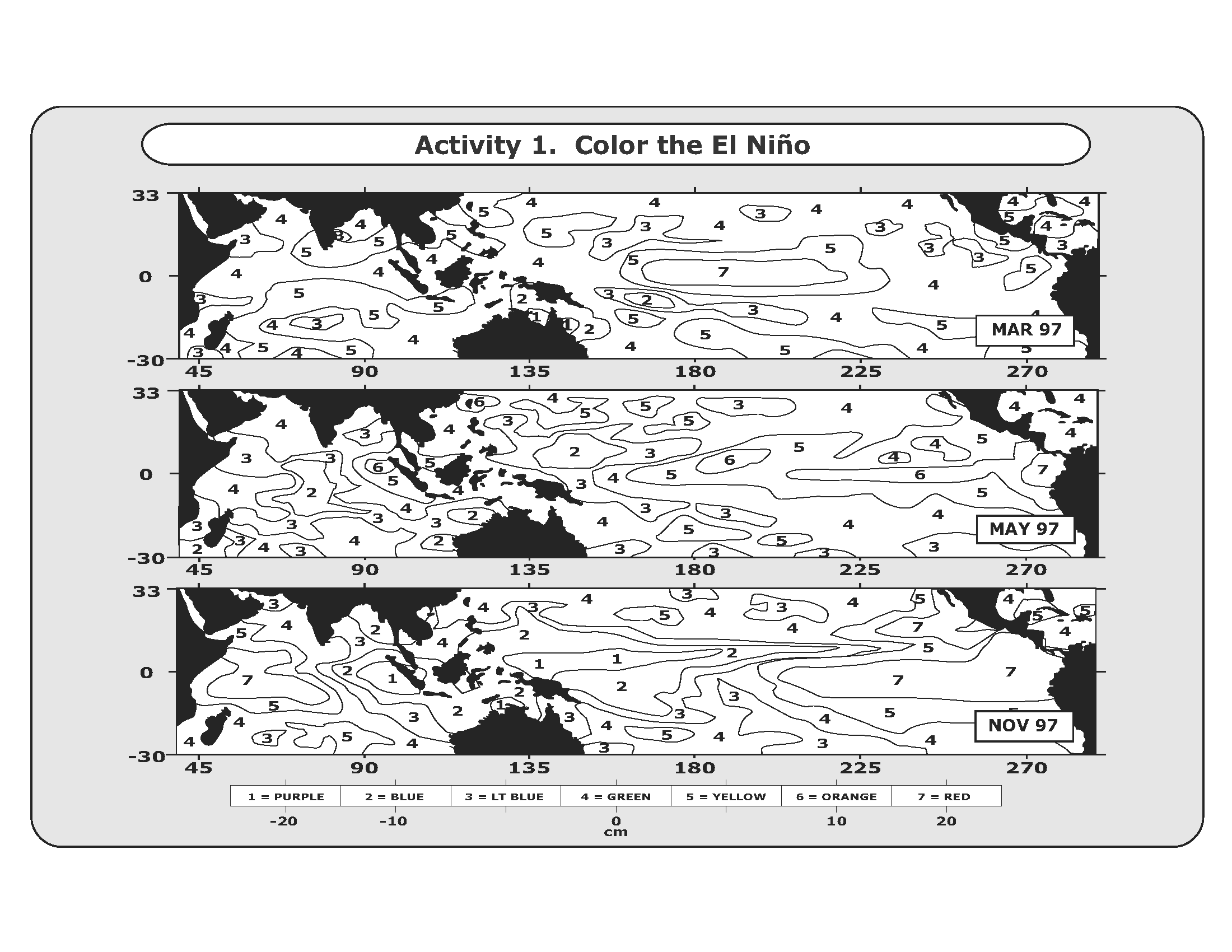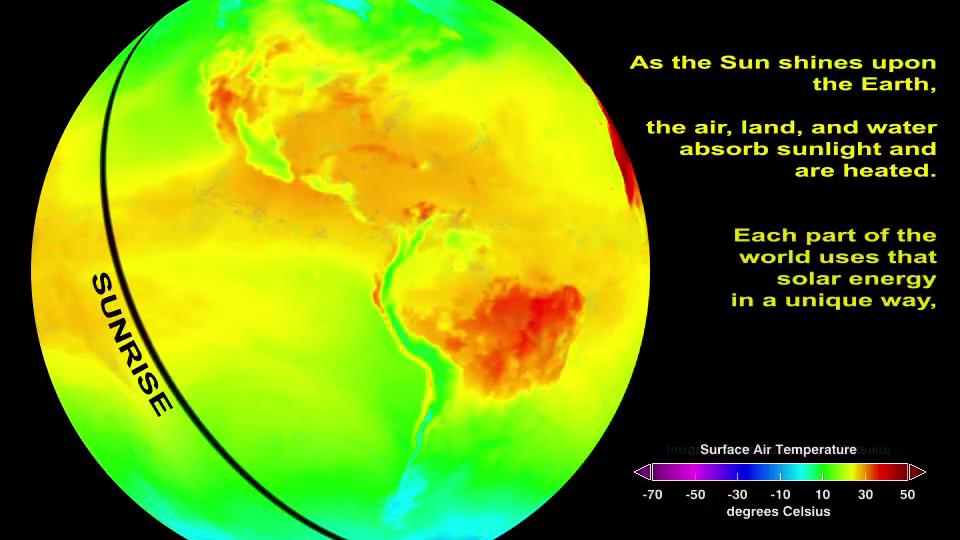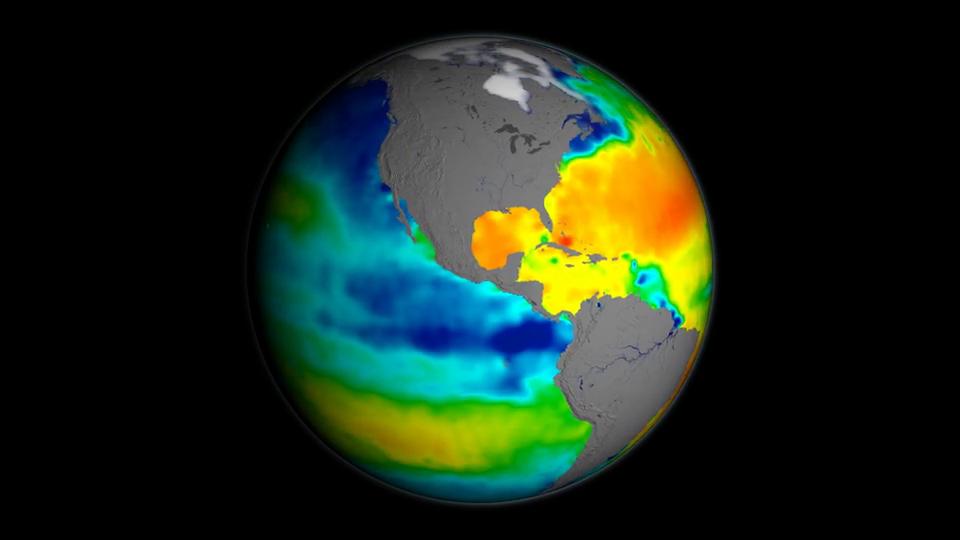Students will use coloring sheets to create a color coded model of El Niño, then make comparisons using the actual model by answering questions. If the Data Literacy Map Cube is used with this, students will color their models first.
The Hydrosphere is associated with water in the liquid state, which covers about 70% of the Earth's surface. Most liquid water is found in the oceans. Our Hydrosphere gives Earth a distinct appearance as a blue marble and separates us from other planets in the solar system. (source #12)





